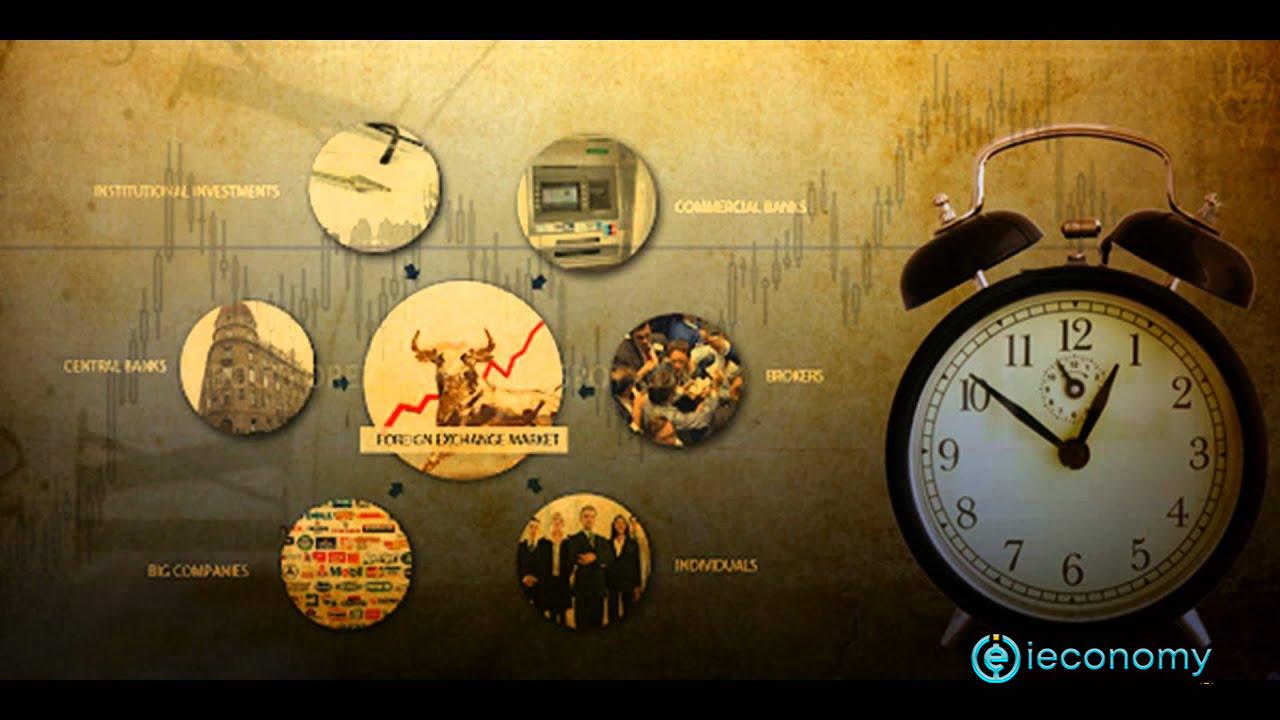7339
0
What is Forex?
What is Forex? Hundreds of thousands of investors around the world are trying to make very high profits by investing in the Forex market.

Yazar: Gülşah Aksoy
Yayınlanma: 8 Nisan 2021 23:32
Güncellenme: 2 Ocak 2026 10:03
What is Forex?
Do you know what Forex is, which we have heard a lot of recently? Hundreds of thousands of investors around the world are trying to make very high profits by investing in the Forex market. Is this really possible? In this article, we'll explain how the Forex market works and why it is so popular. Forex is derived from the abbreviation of the English words Foreign Exchange, which means foreign exchange market, and is the largest financial asset market in the world. Forex trading is based on the sale of currencies around the world with a daily trading volume of in excess of $ 5.5 trillion. Forex, with no physical center, is a globally operated market. Simply put, Forex trading is the act of speculating on the movement of currency prices while buying one currency and simultaneously selling another. Besides currencies; Many investment instruments such as precious metals, commodities, oil, CFDs are also traded in the Forex market. The Forex market consists of currencies and other instruments from all over the world, and the number of factors that can affect price movements makes predictions in the market difficult. However, as in most financial markets, Forex is primarily influenced by supply and demand, and it is important to understand what these are and how price fluctuations occur.Bretton Woods Agreement
A new international system was needed to ease the economic chaos after the Second World War. This new system was prepared at the Bretton Woods Conference in the USA in 1944. US political and economic domination required the dollar to be at the center of the system. With the Bretton Woods system created at the conference; Gold is pegged at $ 35 per ounce, while all other currencies are pegged to the US dollar. Thanks to this system, unlike the classic Gold Standard, capital controls were allowed to enable governments to stimulate their economies without incurring financial market penalties.Smithsonian Agreement
The Smithsonian Agreement, a revision of the 1944 Bretton Woods Agreement, signed by 10 leading industrialized countries in 1971, enabled the change of fixed exchange rates. The Smithsonian Agreement, in which the currencies of the other nine countries are pegged to the US dollar, set a new standard for the US dollar. As a result of the Smithsonian Agreement, which also contributed to the emergence of Forex markets; The US dollar depreciated partly as it was pegged against the currencies of the countries that signed the agreement. The inability of gold to meet global demands for international reserves in the 1960s was a major factor in the birth of the Smithsonian Agreement. The Smithsonian Agreement was signed by a group of ten countries popularly referred to as the G10. The Smithsonian Agreement lasted only 15 months because, since 1973, most major currencies had changed from a fixed rate to a floating rate, just like the US dollar.What is a CFD?
CFD, also known as Contract For Difference, allows you to speculate about future market movements without actually owning the underlying asset or taking the physical delivery of it. CFDs, which are leveraged instruments, are a Special Investment Product (SIP) that tends to trade over-the-counter with a securities firm. CFDs can be used for a range of core assets such as stocks, commodities, and foreign exchange.Forex Leverage System
Leverage is a service offered by many Forex brokers to traders that allows them to increase the returns from a trade. Forex market traditionally offers one of the highest levels of leverage among all investment types. With a high level of leverage based on an average initial margin requirement, an investor can earn a large amount of trading profit. Leverage has played an important role in the expansion of Forex trading in the investment world. More than ever before, investors are using the leverage system as a way to move their capital further.İLGİLİ HABERLER





European stocks soared and focus shifted to German retail sales after Powell's speech!

Forex Signal For TRY/USD: Inflation Slowdown in November.

Forex Signal For GBP/USD: Bullish Trend Still Not Breaking While Recovery Continues.

Forex Signal For EUR/USD: Starry US Data Points to Higher Fed Increases.

Forex Signal For BTC/USD: Downside Continues as Bitcoin Recovery Moves Less.
En Popüler Haberler
Yorum Yap
Yorumlar
Henüz yorum yapan yok! İlk yorumu siz yapın...